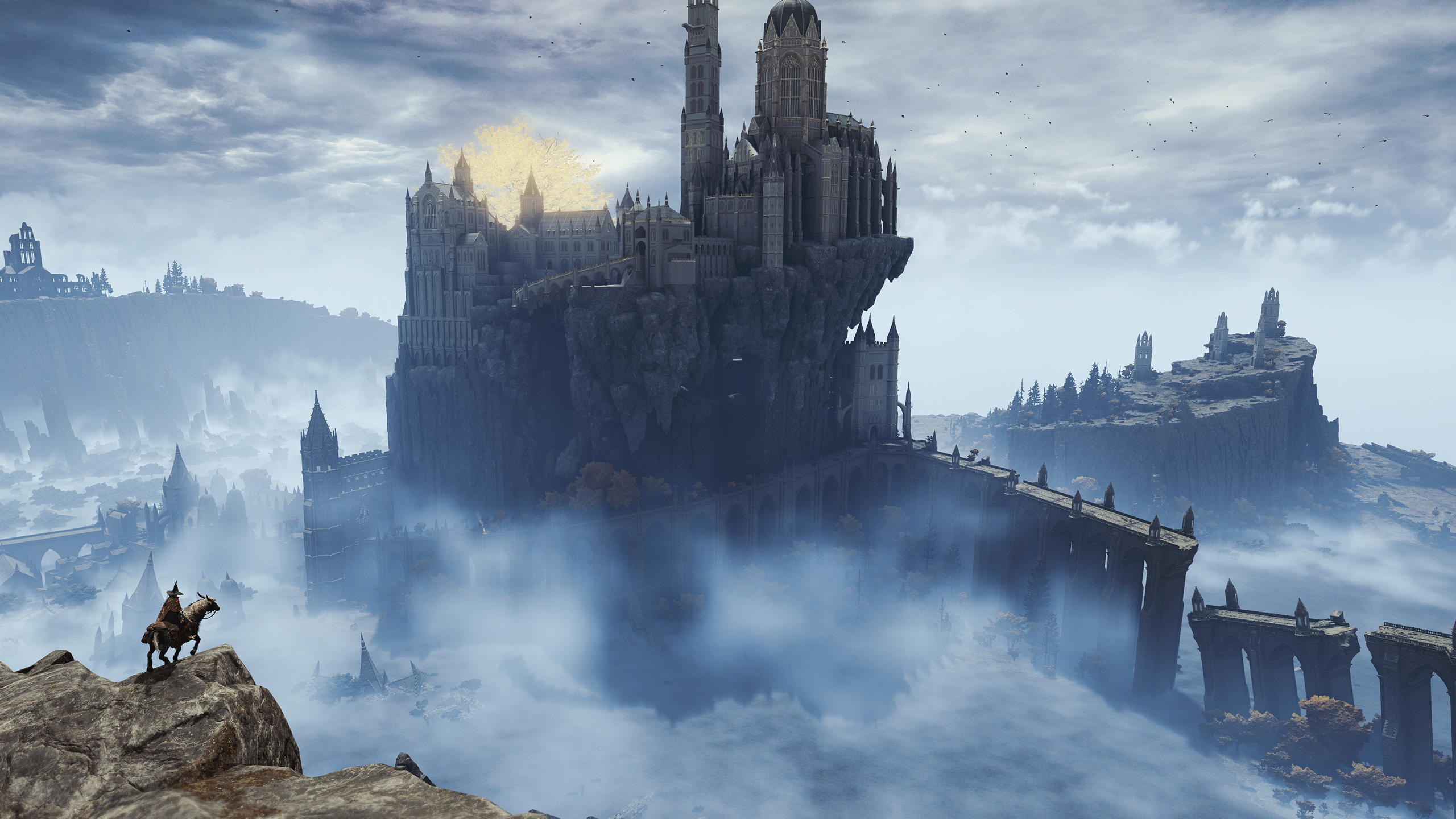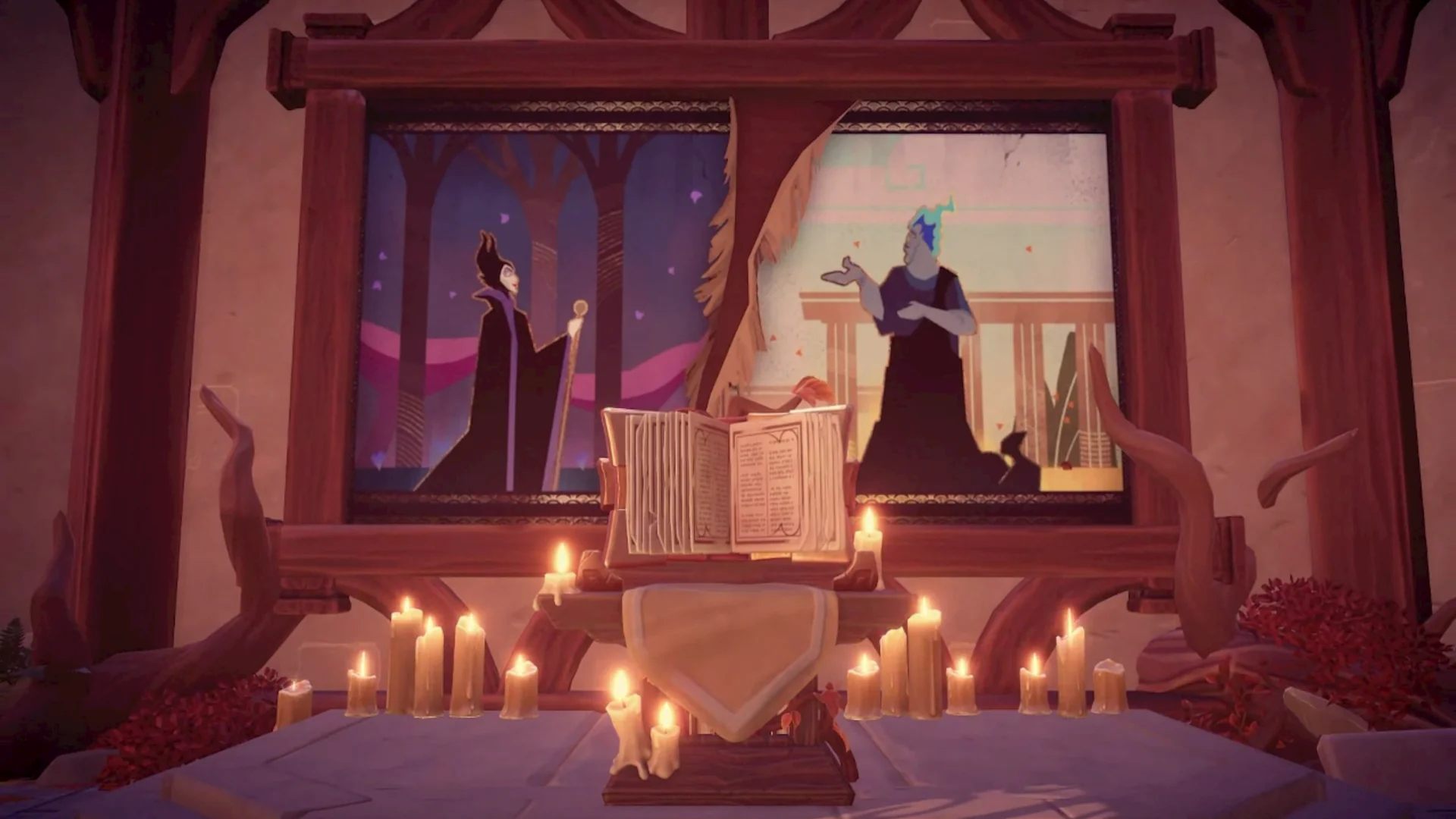
Don't expect big budget games to try to mimic Elden Ring, because they can't copy what made it a phenomenon.
In 2017, I was so hooked on Nintendo’s The Legend of Zelda: Breath of the Wild that I barely touched my gaming PC for a month. I thought I was tired of open world games—and of Zelda—but Breath of the Wild’s freeform approach to exploration made me feel like an honest-to-god adventurer in a videogame for the first time in a decade. It sold 10 million copies in a year. Surely, I thought, Breath of the Wild was going to trigger a seismic shift in open world game design.
Elden Ring was the payoff to a decade-long underdog story
Then it didn’t.
It took five years for another game to grab me the way Breath of the Wild did, but Elden Ring pulled it off last year. I played and wrote about Elden Ring every day for a month during work, then booted it up and played hours more at night. As I look back on Elden Ring’s impact on the cusp of its one year anniversary, I’m tempted to make the same proclamation. Elden Ring sold 20 million copies in one year. Surely that means it’s going to trigger a seismic shift in open world game design, right?
I think it’s more likely the opposite is true. No one’s going to copy Elden Ring’s success because no one can.
Rise, Tarnished
I could go on and on about the obvious ways Elden Ring differs from the open world games of Ubisoft or Bethesda or Rockstar—the lack of skins and paid level boosts, the absence of sidequest checklists and glowing waypoints telling you where to go next. The cryptic NPC dialogue, winding castle ramparts and hulking bosses. Blah blah. We all know the deal.
Elden Ring was not a phenomenon because of those design decisions. It was a phenomenon because it was the payoff to a decade-long underdog story. The experience of seeing Elden Ring become the triumphant, ultimate version of the game FromSoftware’s been making and remaking was its own entertainment. If Dark Souls was the scrappy young Rocky Balboa putting up a shocking match for Apollo Creed, Elden Ring was Rocky at the end of Rocky 4, a champion battling under the weight of a million expectations and still managing to outpunch a 250 pound wall of muscle. It’s impossible not to get caught up in the spectacle.
Millions of people told themselves that this would be the FromSoftware game they’d finally “get”
The same way today’s “boomer shooters” like Dusk have skipped 20 years or so of FPS evolution to start a new timeline right from the roots of 1997’s Quake, Dark Souls ignored the conventions of mid-2000s games to reimagine a roughshod ’80s or ’90s RPG in more evocative 3D. It was a full-body shock proving you could make a game that evoked a sadistic DM’s grimy Dungeons & Dragons campaign and people would submit themselves willingly.
Designers couldn’t stop gushing about its raw genius, and players were either inducted into the cult of Souls or pissed off that they found this game nobody would shut up about aggressively off-putting. But even the haters who got murdered by skeletons in the first 30 minutes of Dark Souls and yeeted the disc into a closet got caught up in the hype of Elden Ring. It was an event. The open world, simplified multiplayer, and easier fast travel combined to make millions of people tell themselves that this would be the FromSoftware game they’d finally “get.” Elden Ring was officially too big to ignore.
How do you repeat that kind of trajectory? You don’t.
Sure, you could try. After Elden Ring’s enormous success, some open world games could attempt to parrot Elden Ring’s best ideas, even if they were mostly already present in the Souls games for the last decade:
Maybe they drop more explicit waypointed quest design for cryptic requests from inscrutable NPCsMaybe they recognize the power of FromSoftware’s utterly stupid yet perfect messaging system, which makes the oppressive world a little less lonelyMaybe they mirror Elden Ring’s focus on mood, with an aesthetic inspired by classical art over raw ray traced fidelityMaybe they’ll reject triple-A’s current overreliance on piles of loot and samey skill treesMaybe they go all-in on utterly weird as shit bosses
But one or all of those pieces put together will not make a game that feels like (or sells like) Elden Ring, just like none of the “Souls-likes” of the last decade truly captured the essence of FromSoftware’s games by being hard or making you do a corpse run after every death.
Those were things in Dark Souls, but they weren’t Dark Souls, any more than some other boxing movie could be Rocky. Rocky is the inexplicable lump you get in your throat 30 seconds into Gonna Fly Now; a Souls game is the paradox of a brutal challenge often being absolutely hilarious.
JAJAJAJA surrealista #PS4share pic.twitter.com/bkUhsvo1agFebruary 15, 2023
Dark Souls and Elden Ring’s flaws are, for the most part, idiosyncrasies that converts hold up as part of their charm, from “fat rolling” to dragons taking fall damage. Until other open world game developers can figure out how to genuinely make 20 million gamers relish being the most fucked up and nasty of guys in a world that sucks soooo bad, they’ll never replicate Elden Ring’s success.
They’ve got some catching up to do: FromSoftware’s been honing the art of the fucked up little man for decades. That’s how you know it comes from the heart.



